There also benefits from fire including the production of herbs and forbs as new ground cover and forage. This is the case now at last year's Woodlake fire where quite a bit of new vegetation is visible. I saw some raptor activity at the newest burn nearby today but didn't have my binoculars to confirm sps. Very little new vegetation growth was seen within the recent CalExpo (Bushy Lake) fire except for bermuda grass which doesn't have much wildlife value and is nonnative. I have seen at least one of the pair of White-tailed kites that recently nested there but don't know how the rest of this family of raptors fared in that large burn which destroyed much important habitat. Many wildlife likely were able to flee into the adjacent unburned areas where they would have to try and establish new homes and compete with other animals already present. Young wildlife are less likely to be able to escape or survive such fires which can impact future populations.
As I rode back down the bike trail through the Woodlake burned area I spotted several deer and stopped for a closer look. Two young forked horn bucks were casually foraging in the new growth. I watched them for awhile and they were soon joined first by a spotted fawn. A little while later I saw a second fawn and adult doe nearby. A few more fuzzy deer photos can be seen here. This appears to be a single family unit, perhaps with young from the last couple of years. Deer sightings are uncommon in this area of the Parkway but likely to be more common now as new vegetation returns. There is other increasing wildlife activity in the burned area now including a number of turkey flocks and other avian species. Take the time to look closely when you are in these areas and share them.

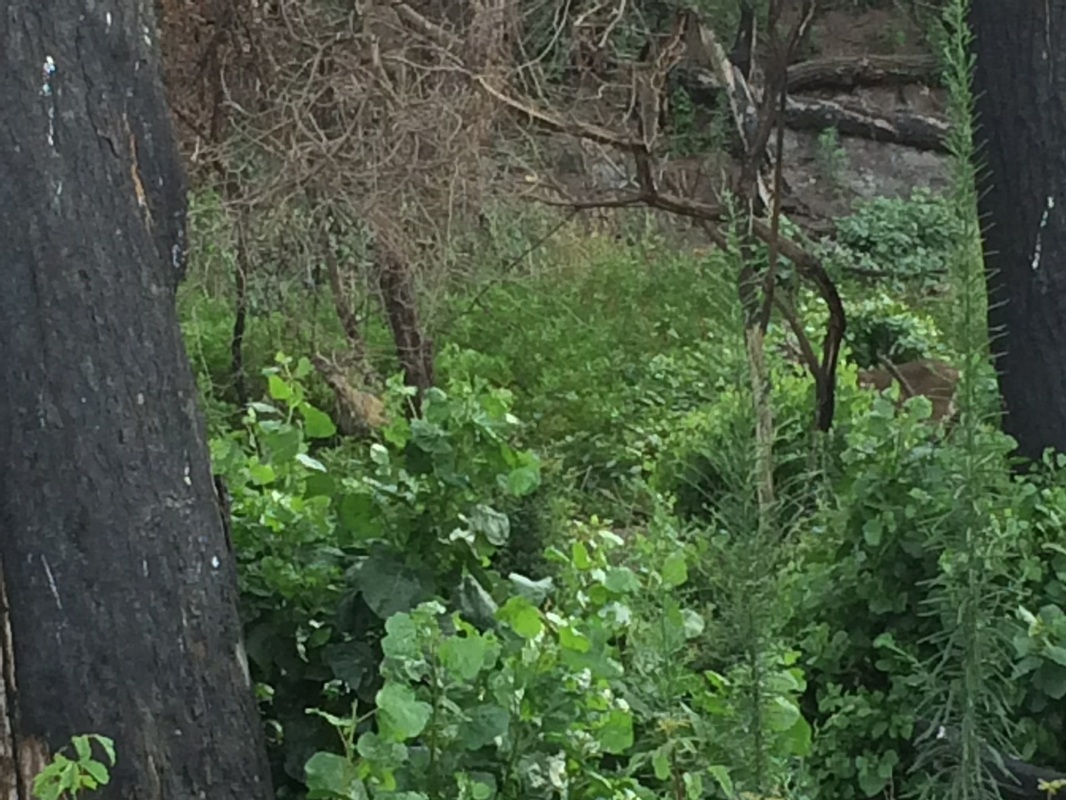
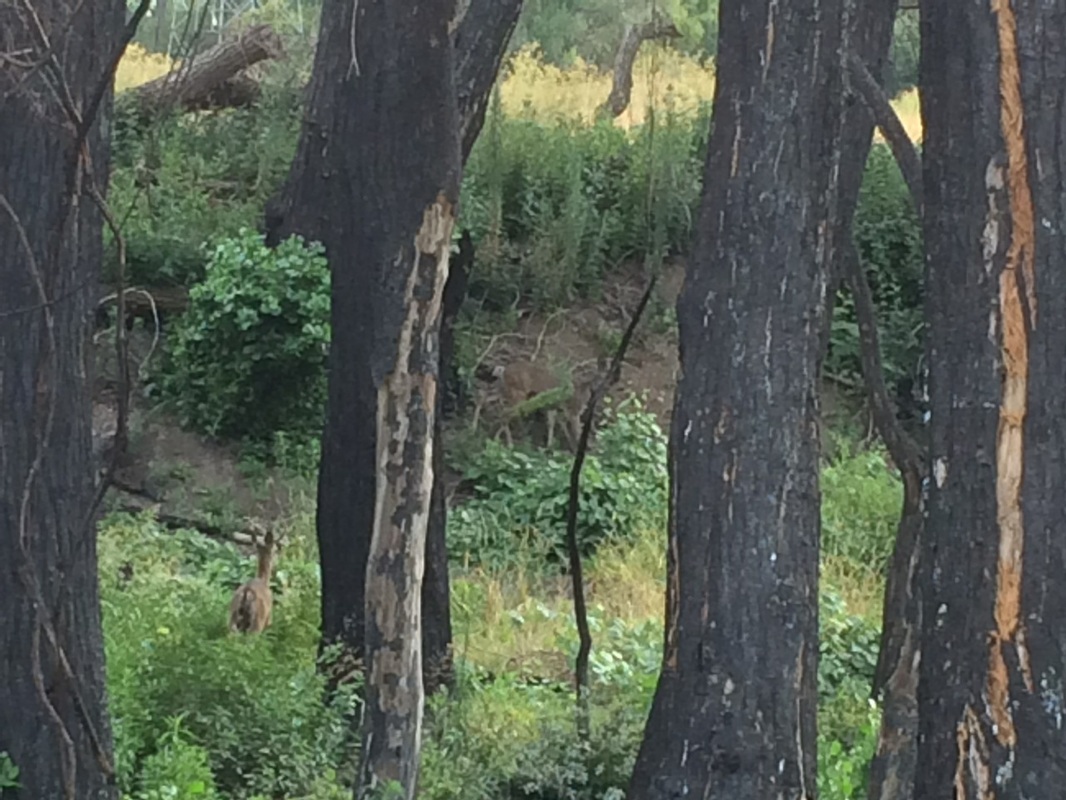
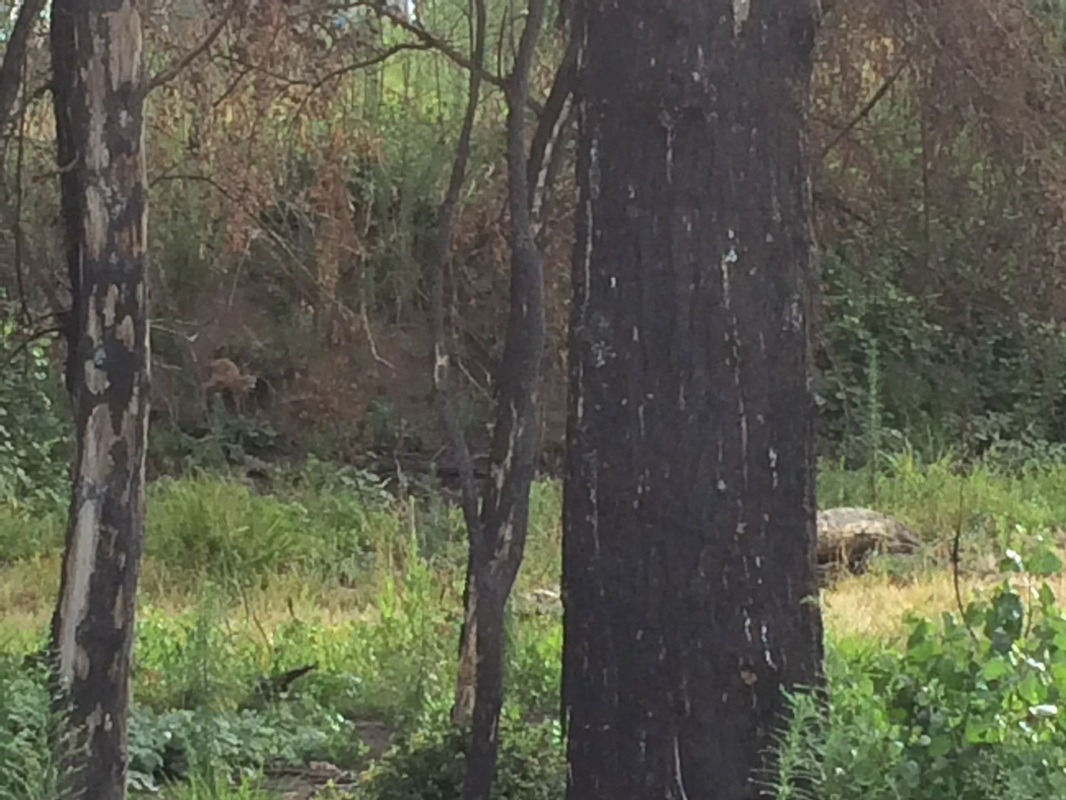
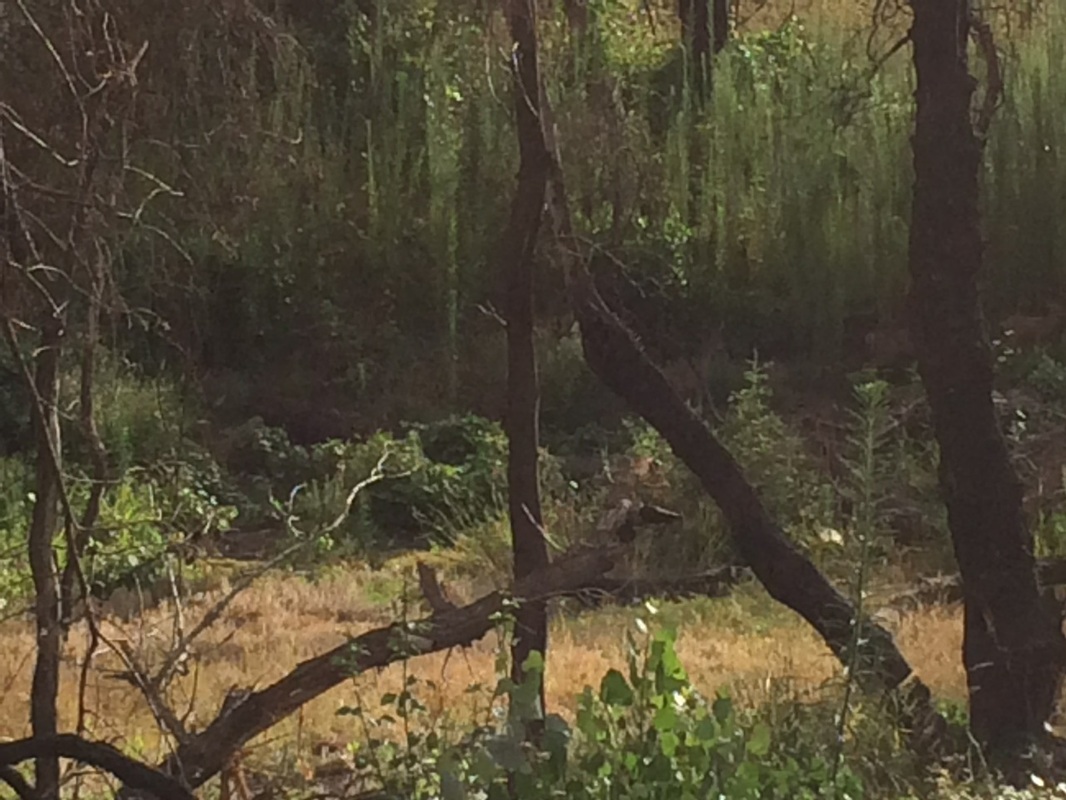
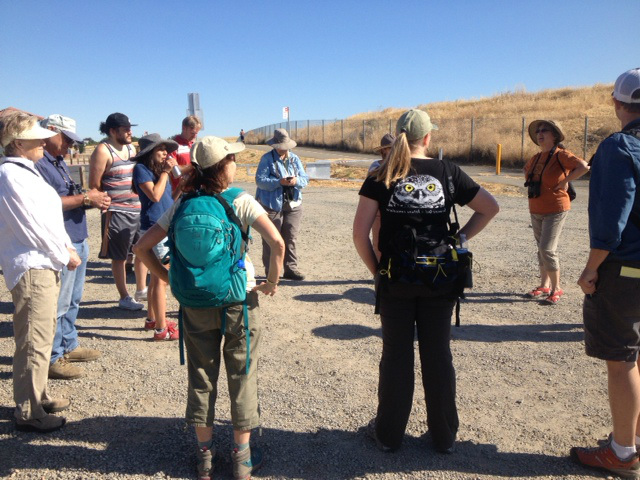





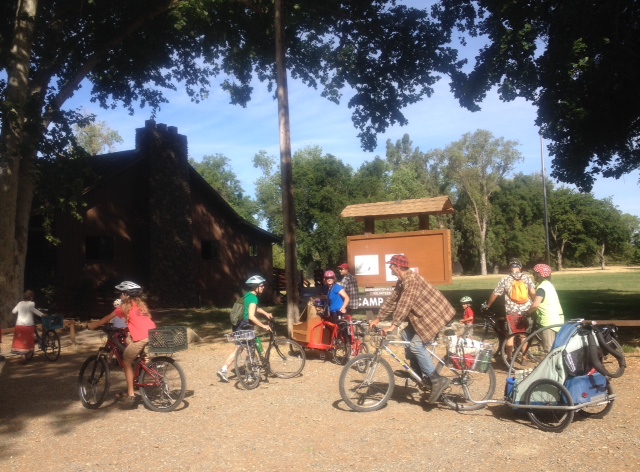
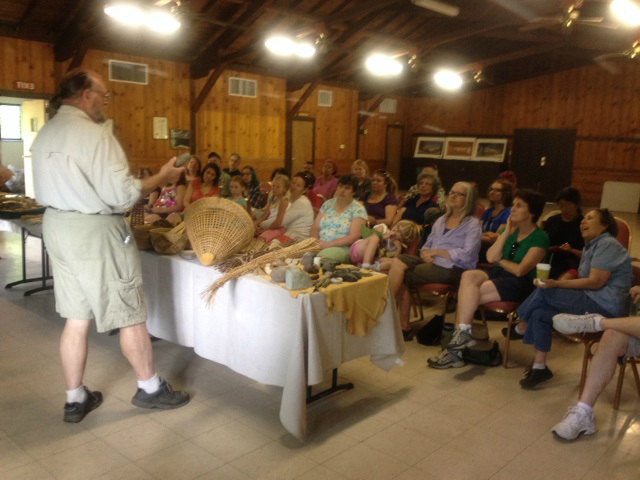
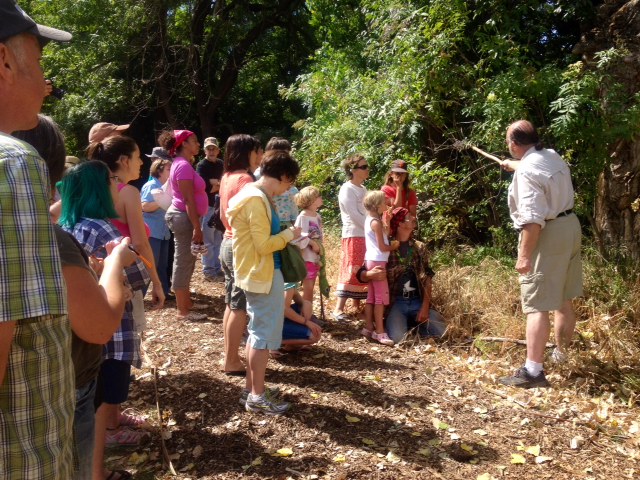

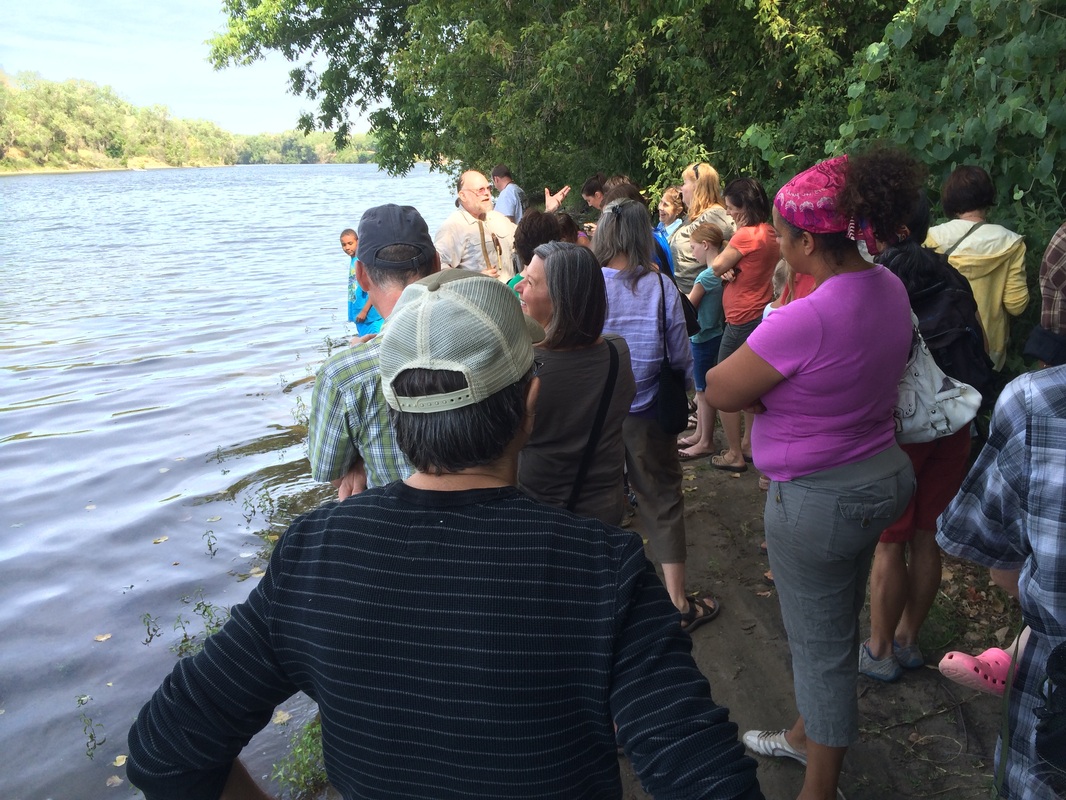
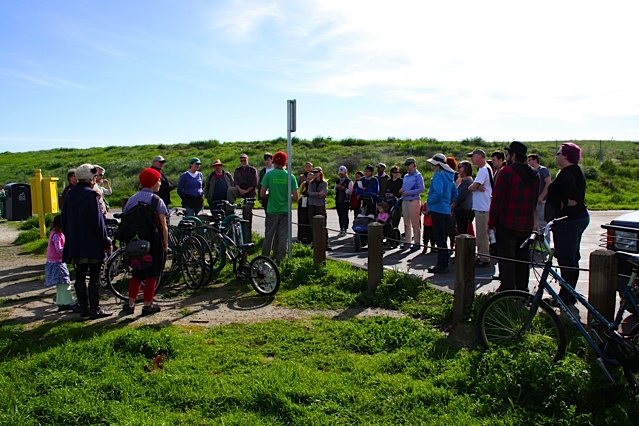
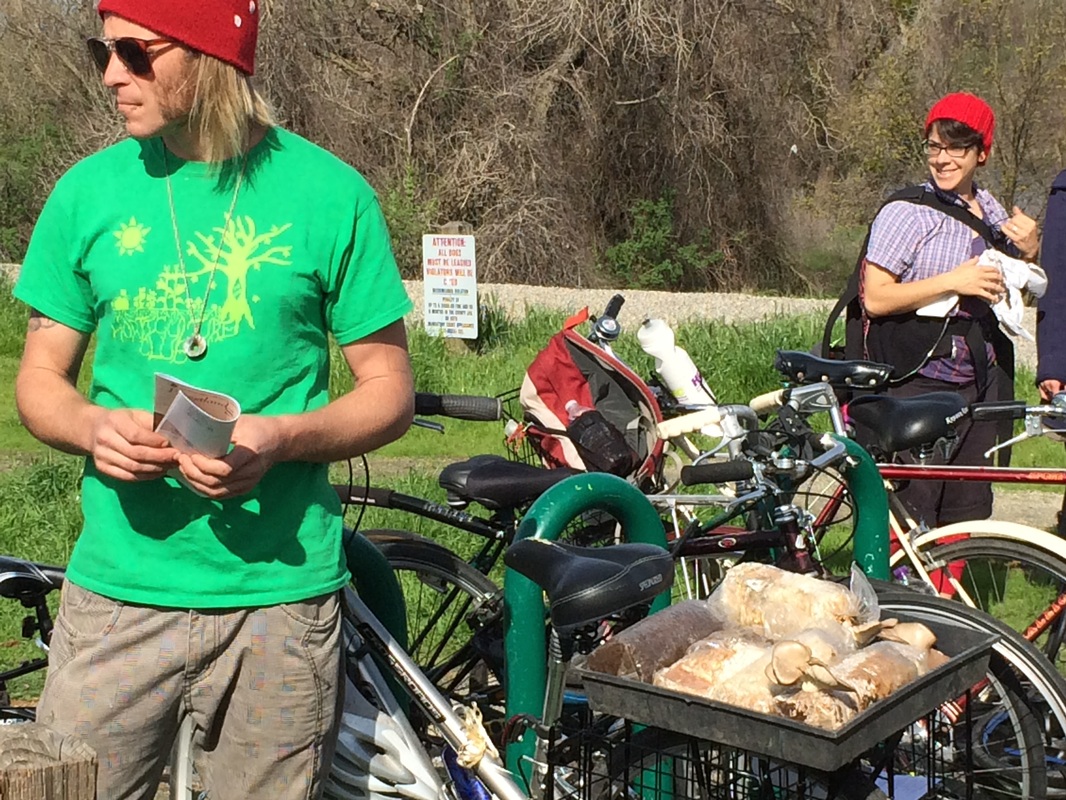
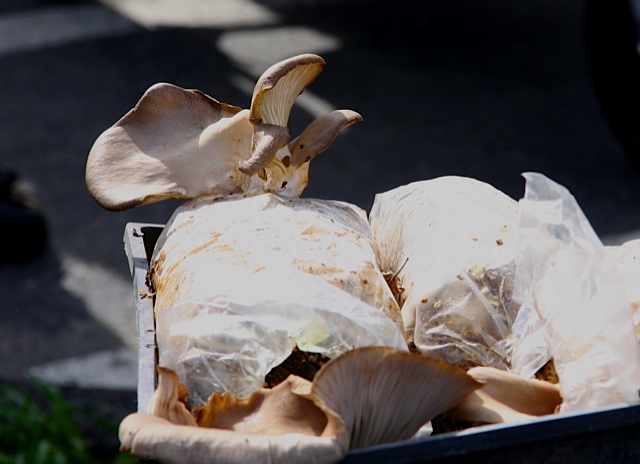
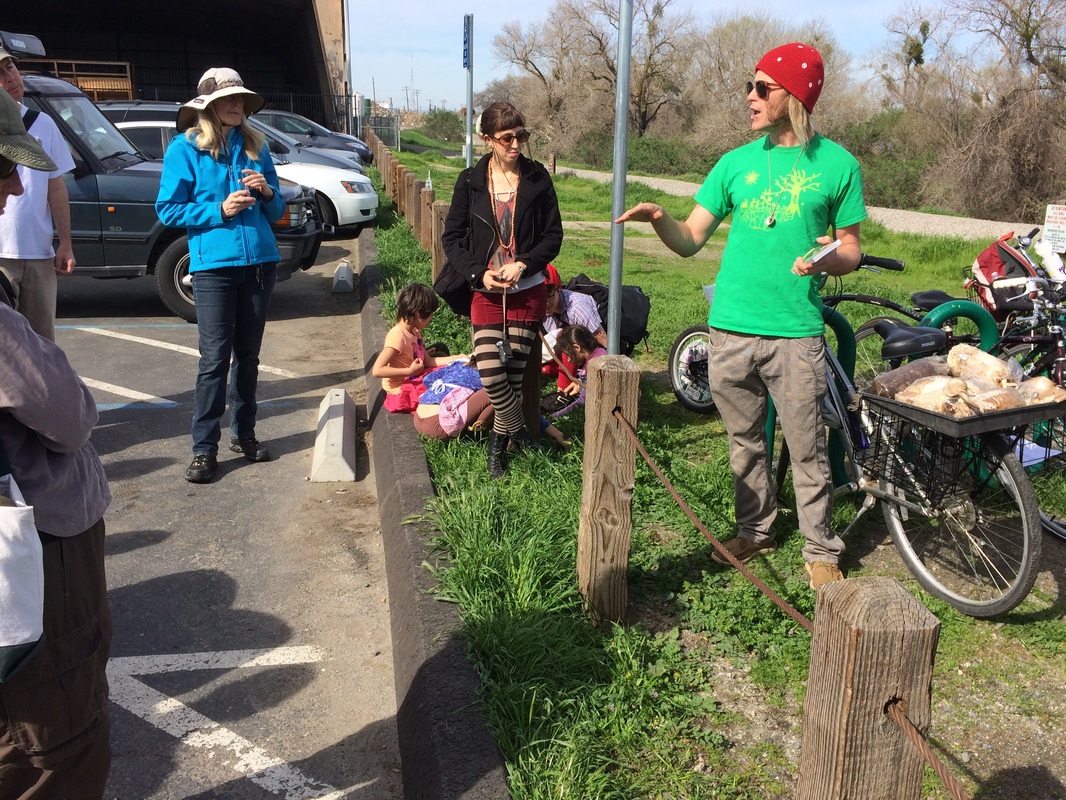
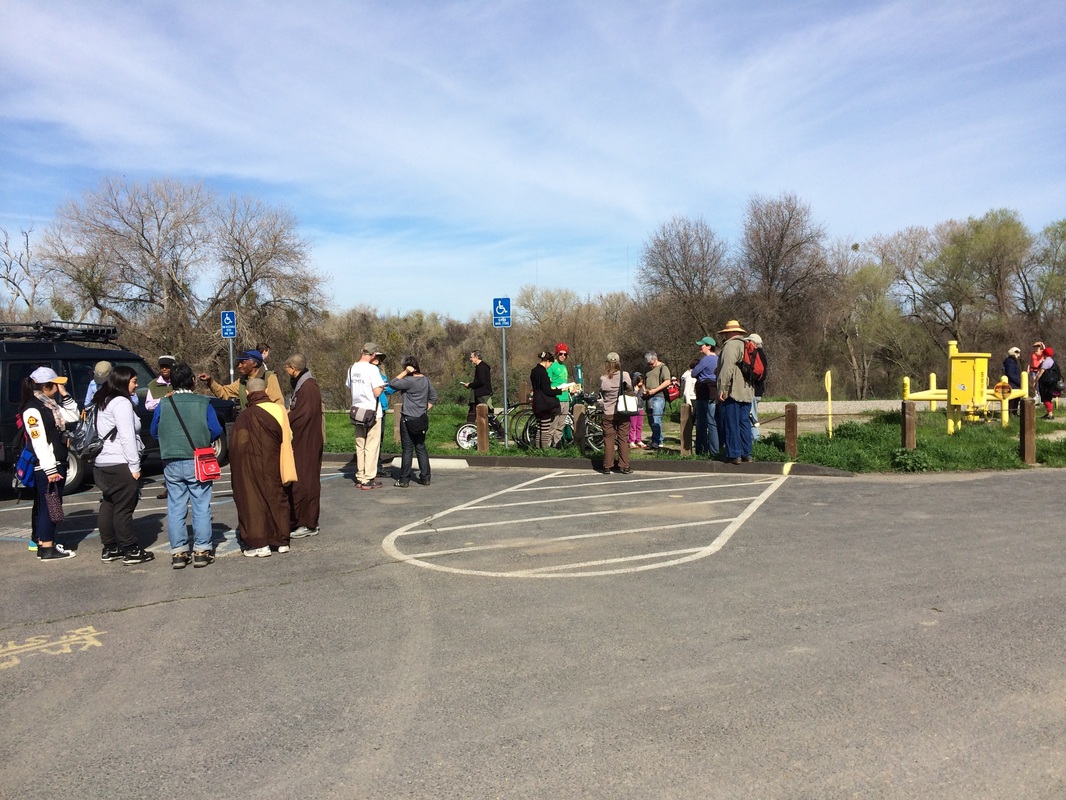
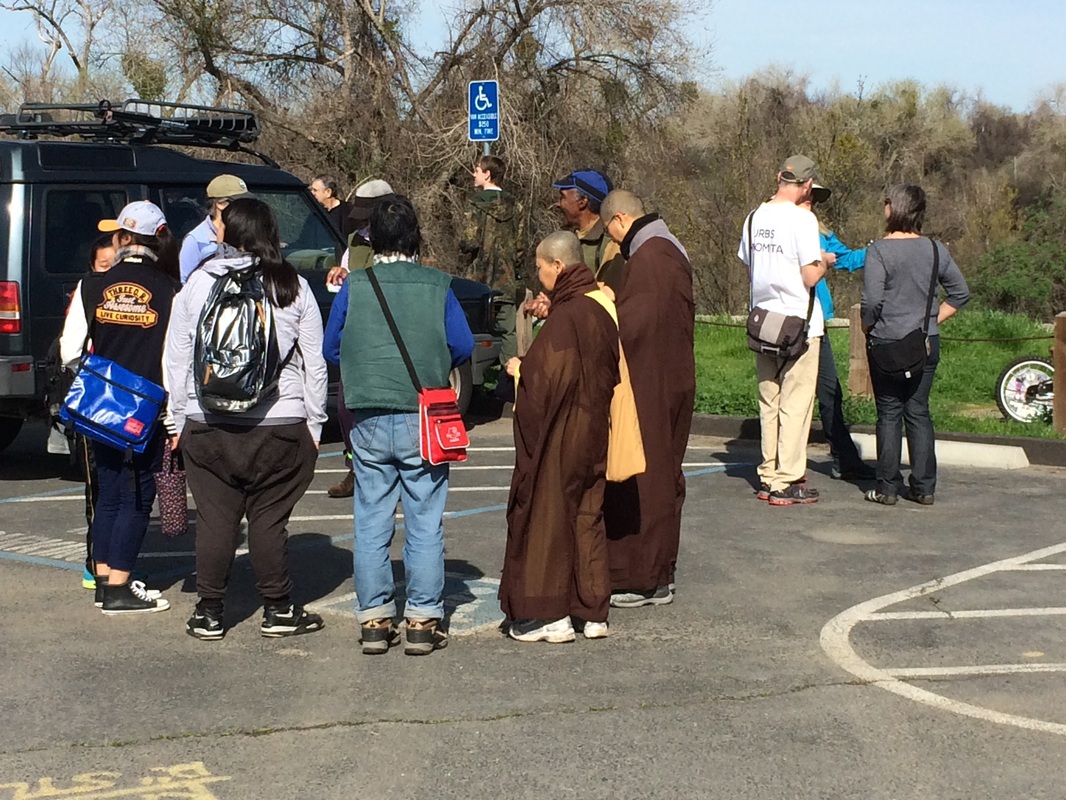
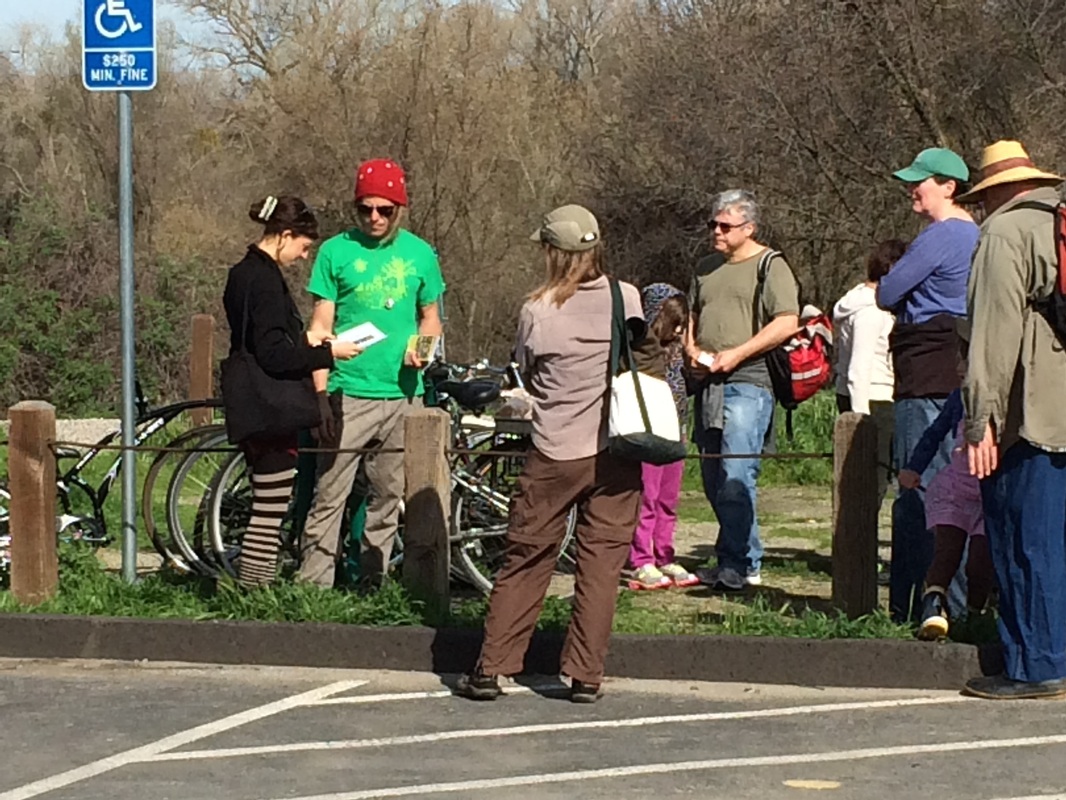

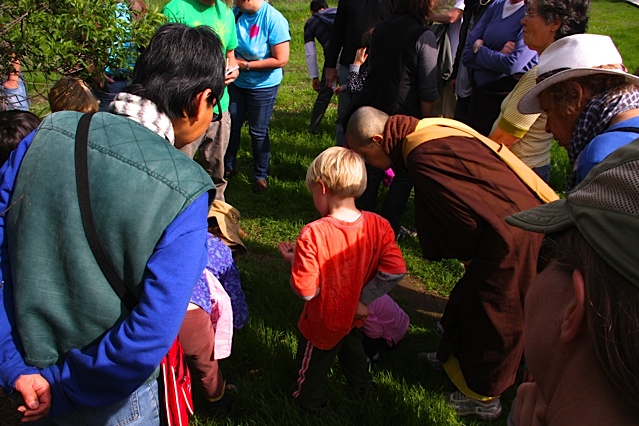
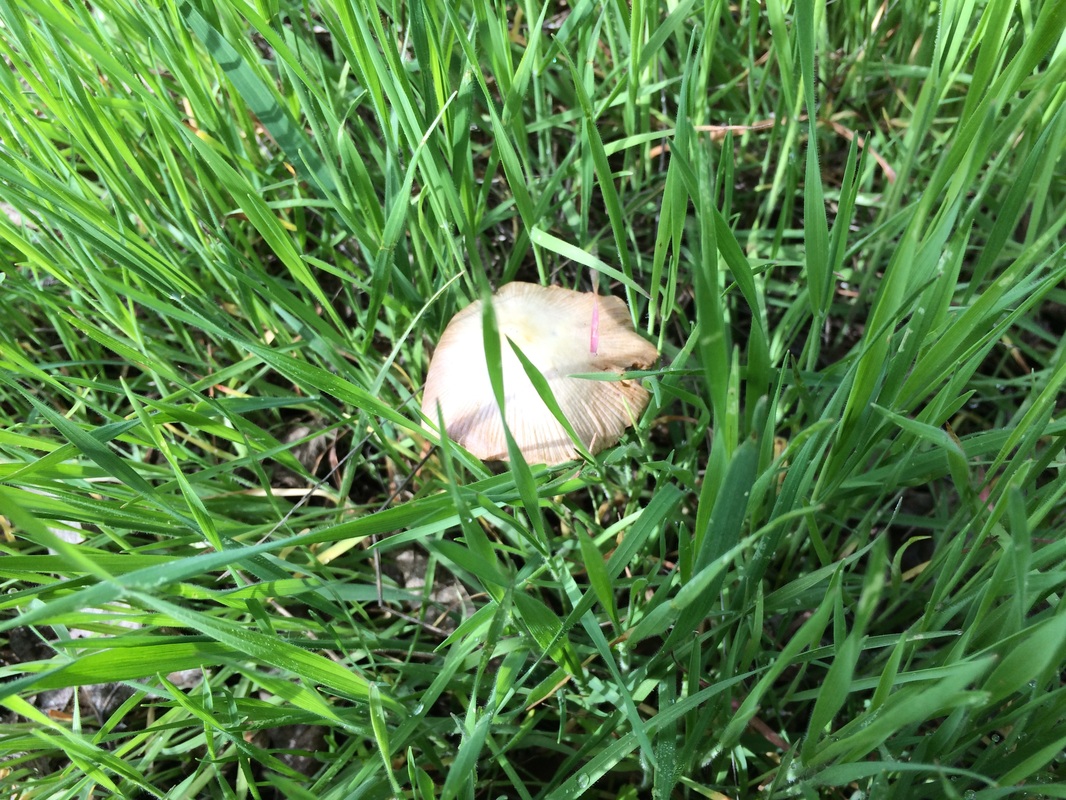
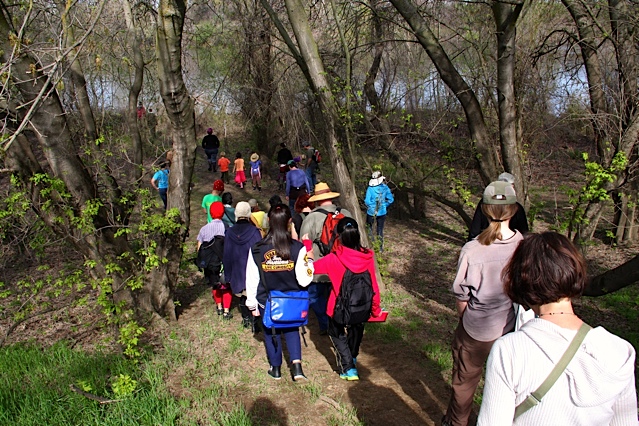
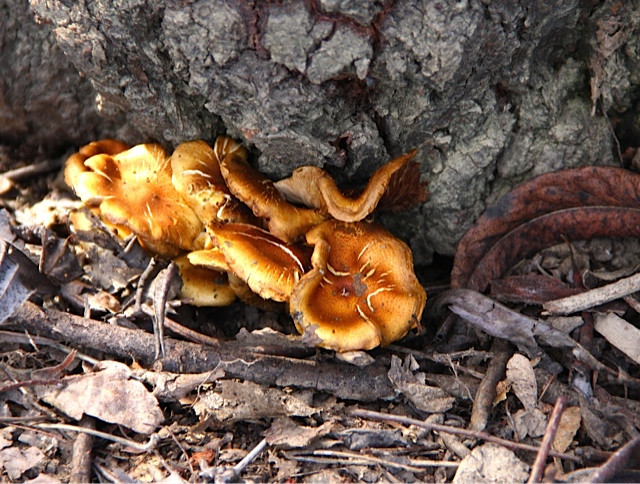
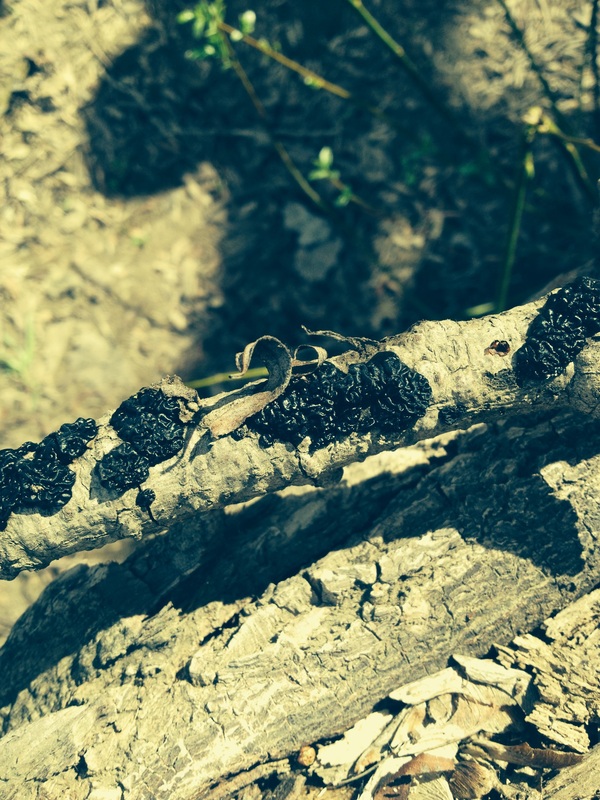


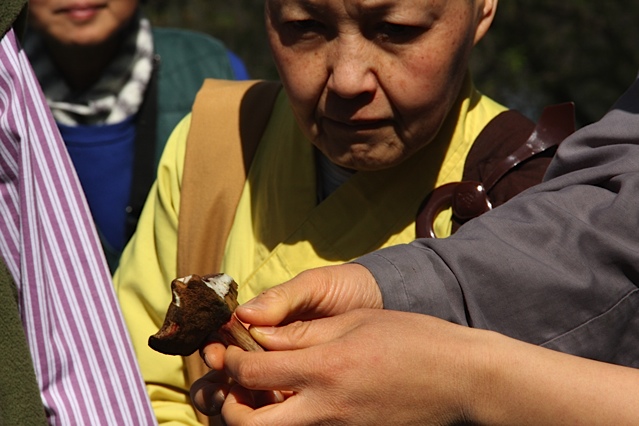
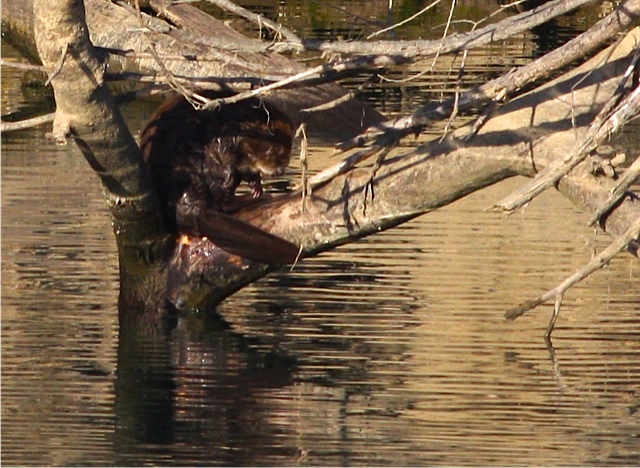
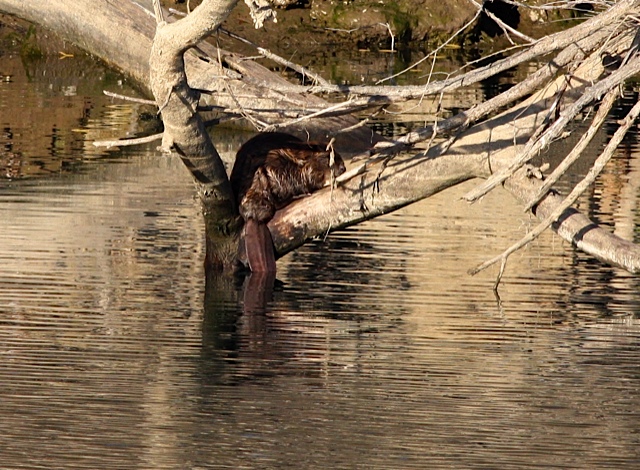
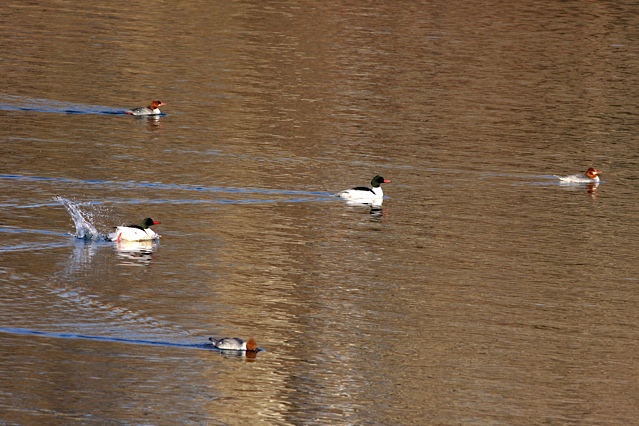
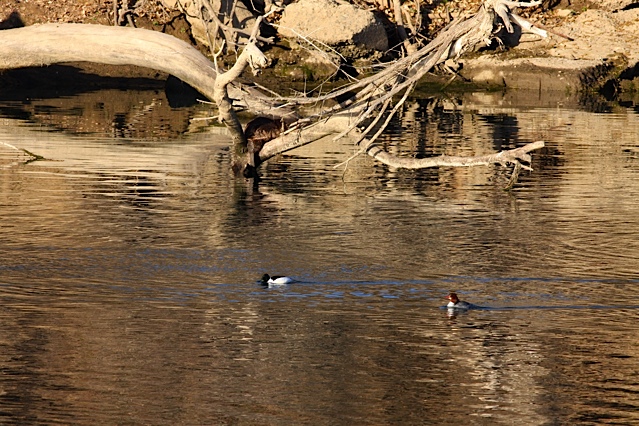
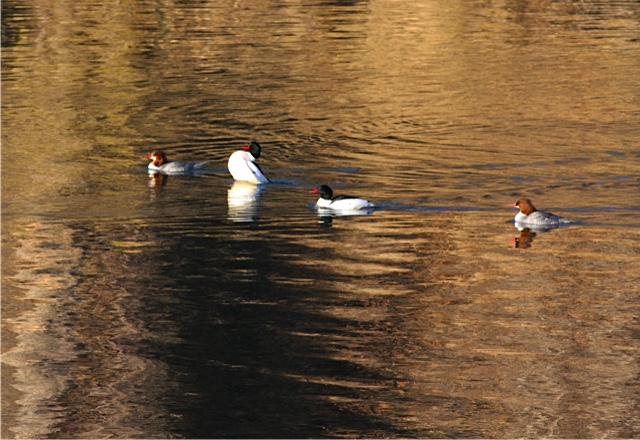
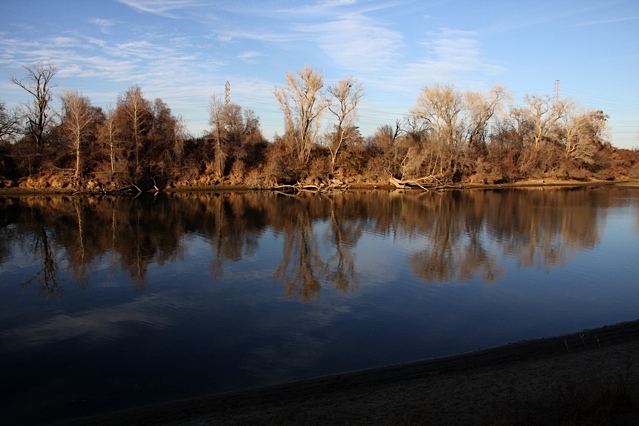
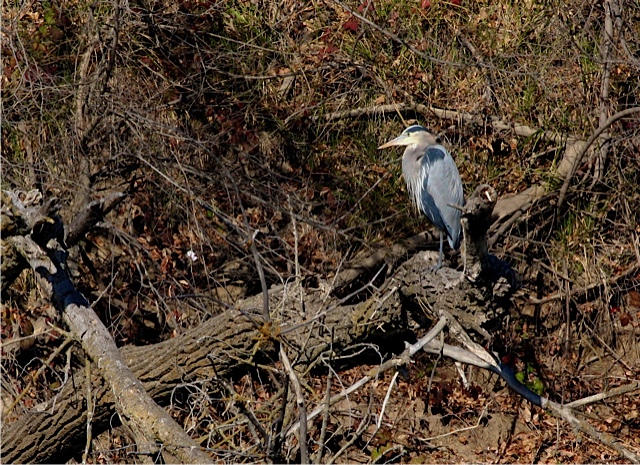

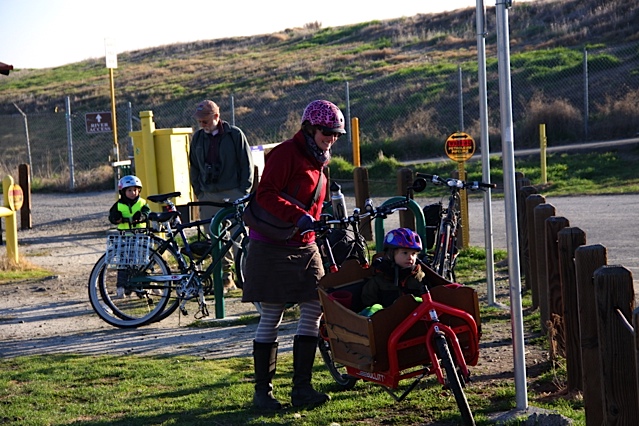

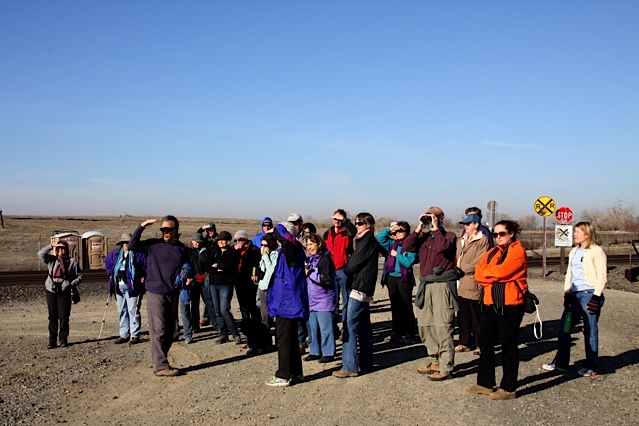
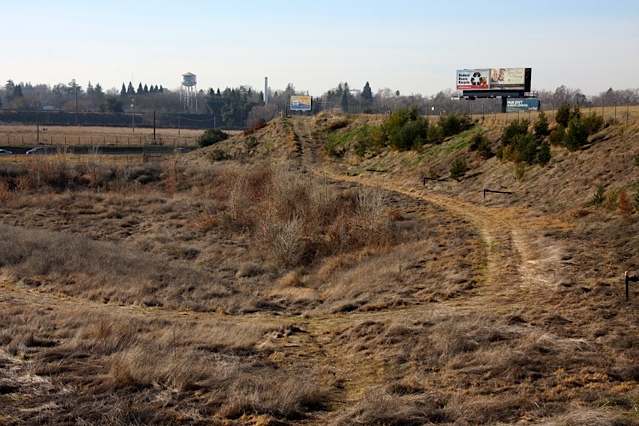
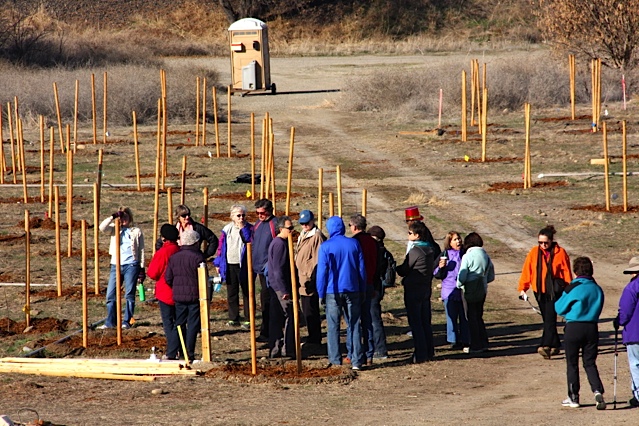


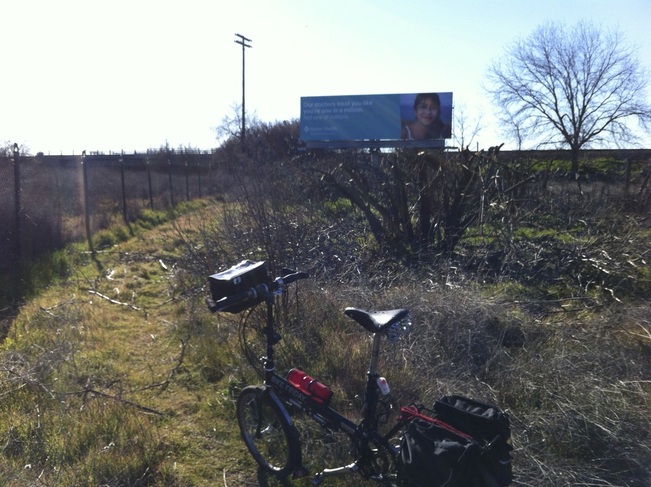
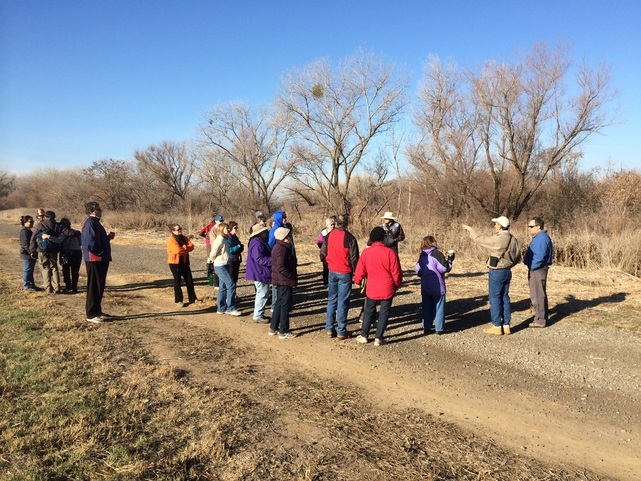
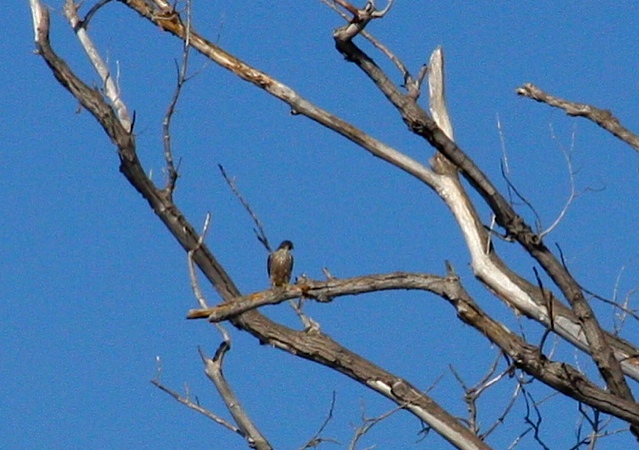


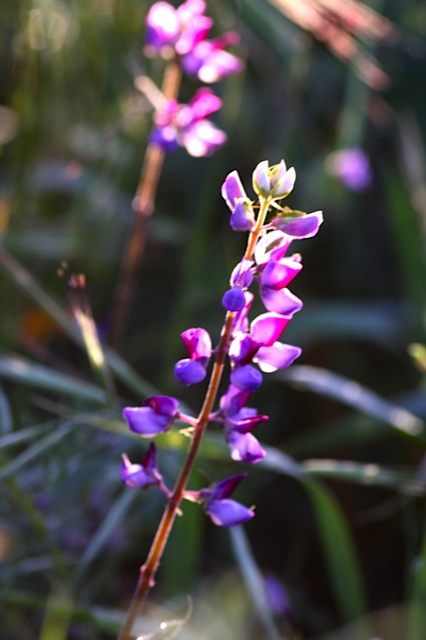
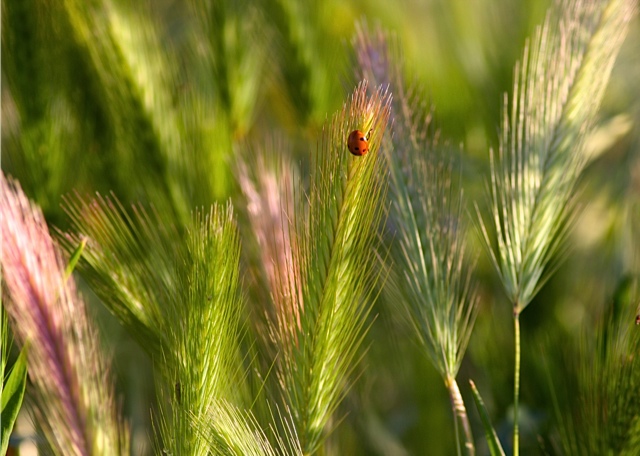
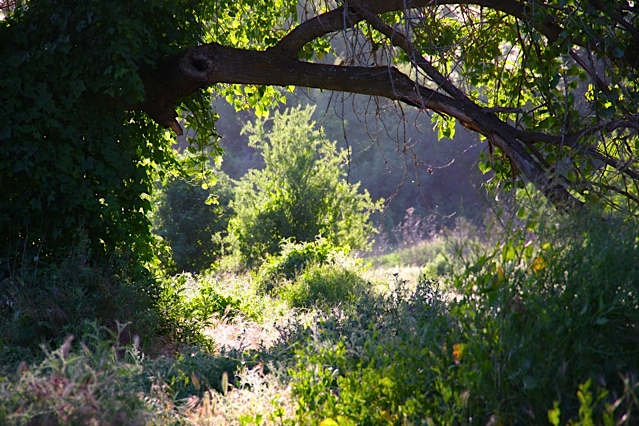




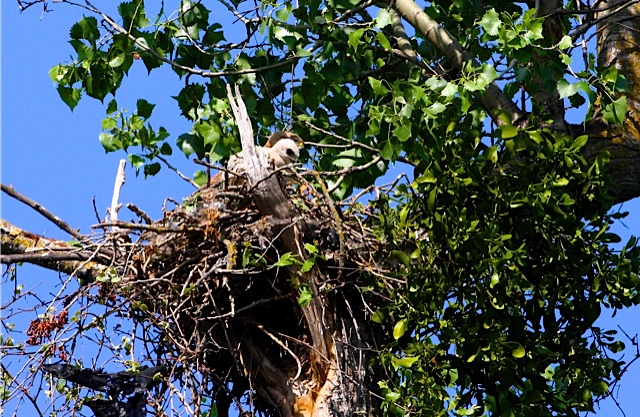
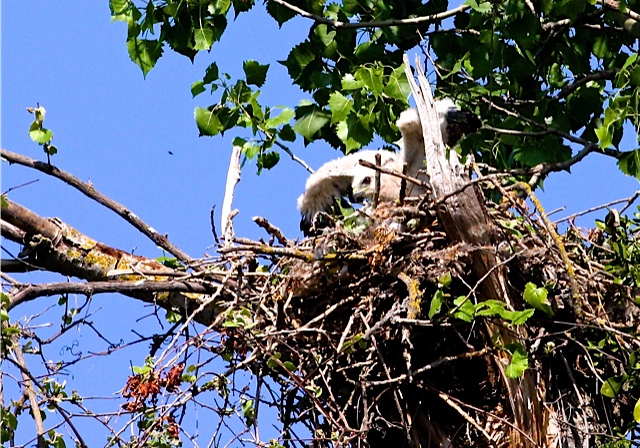
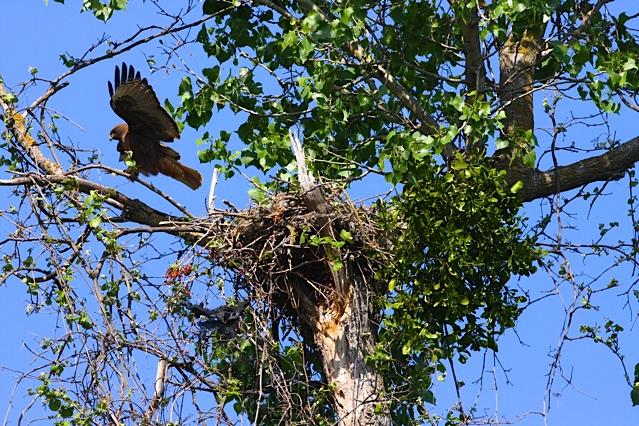

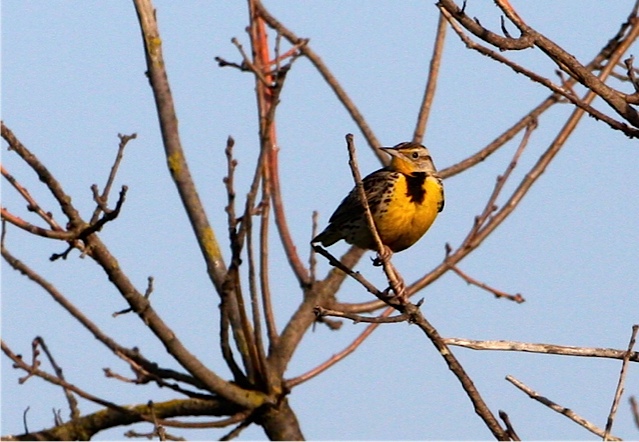

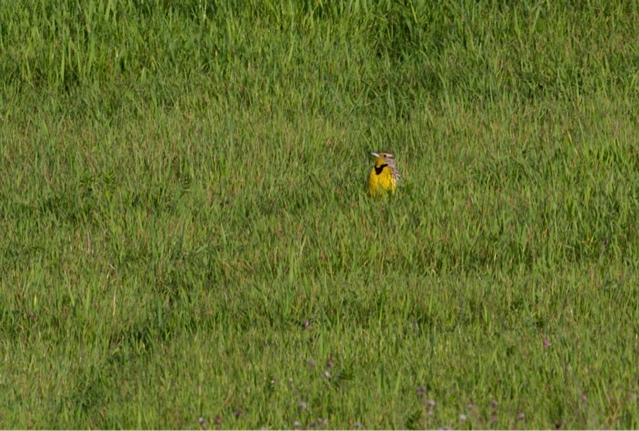
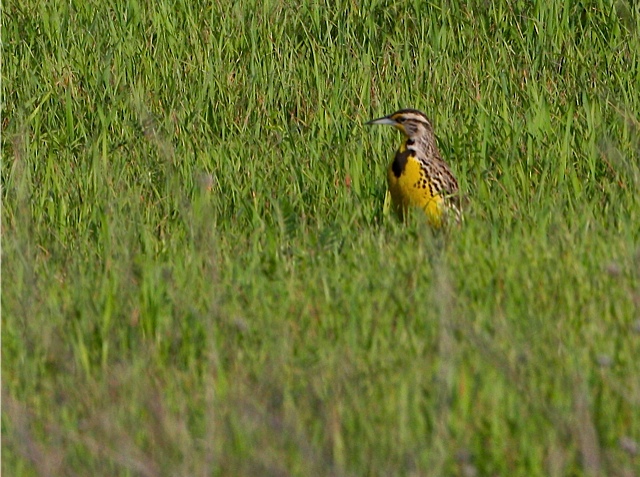
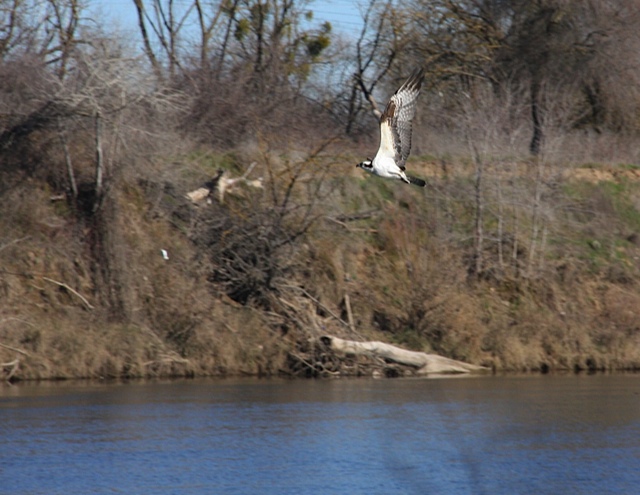

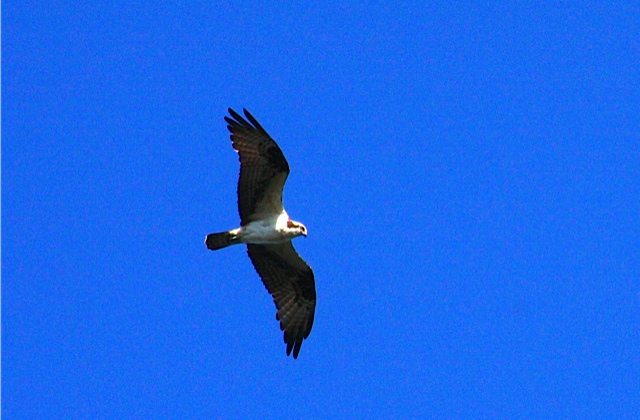
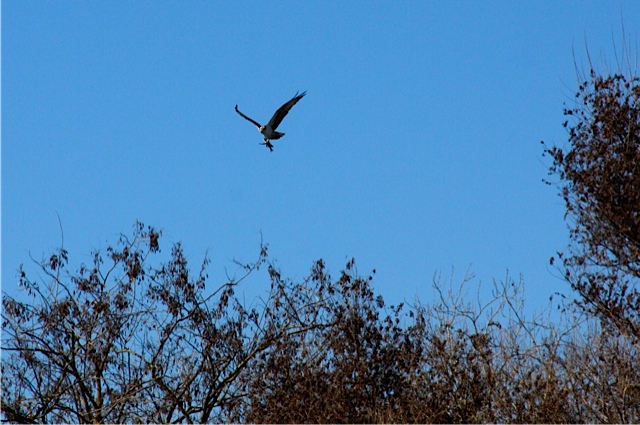
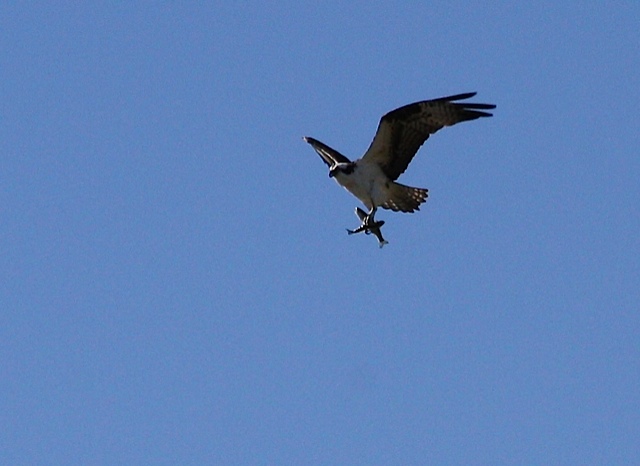
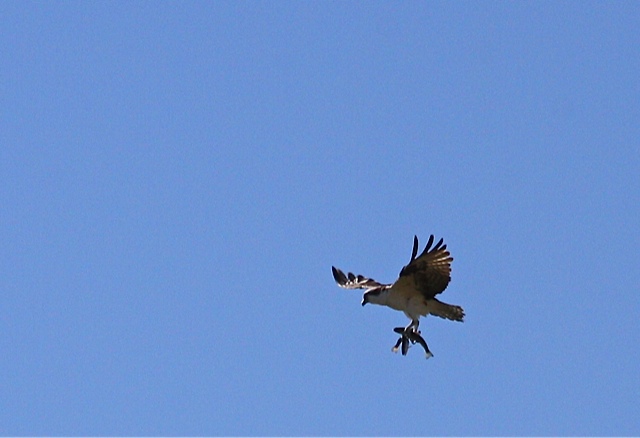
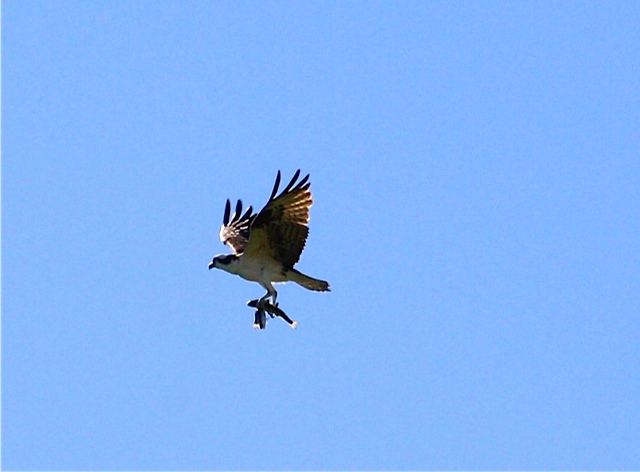

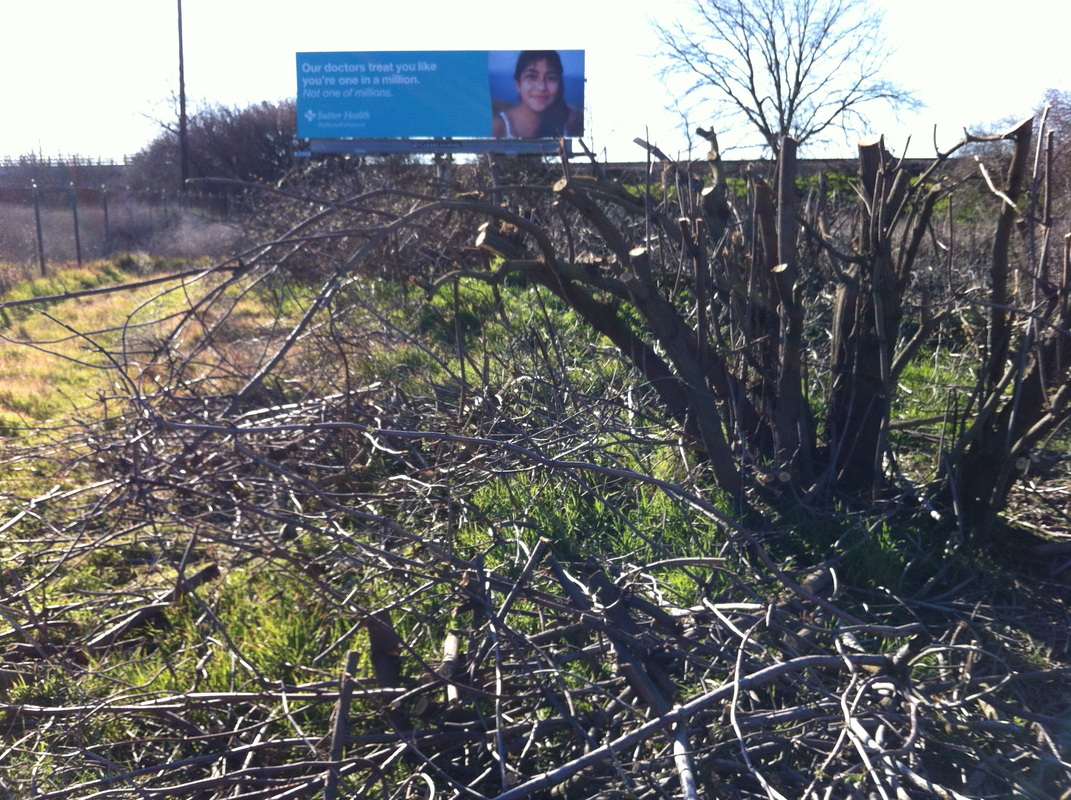
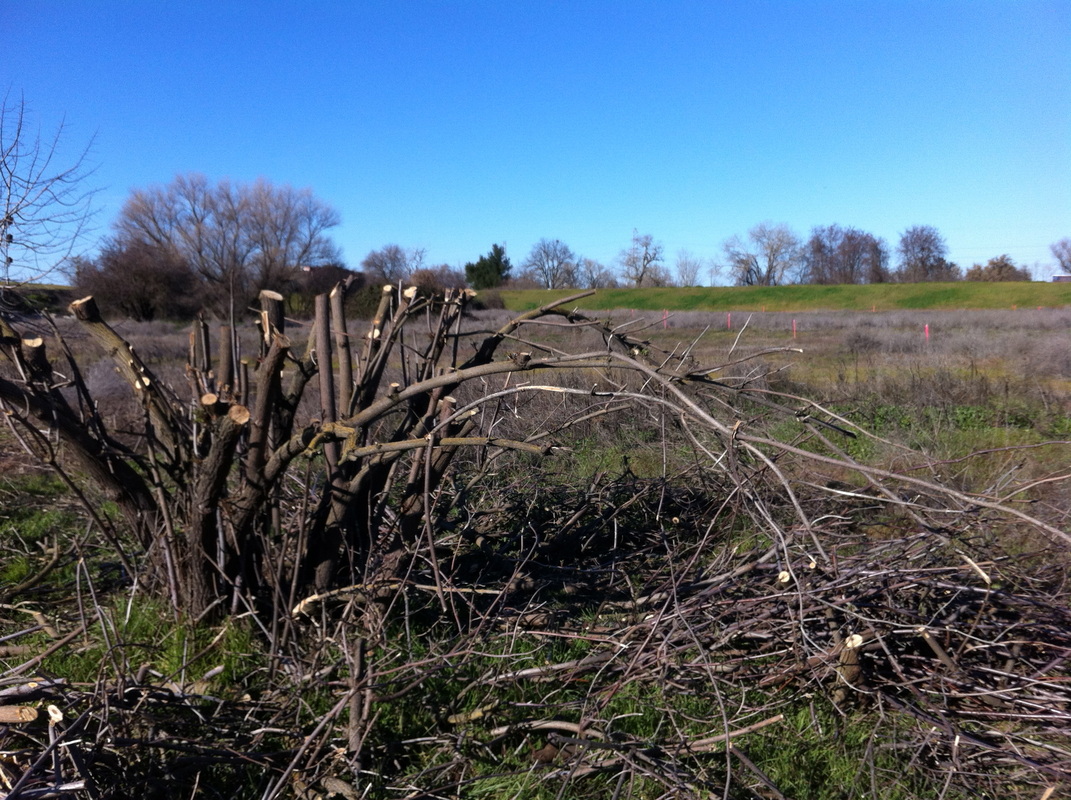

 RSS Feed
RSS Feed
